1. Stocks (Equities)
Stocks represent ownership in a company.
- Example:Apple stock– If Apple grows, your shares increase in value.
- Average Return: 7-10% annually.
- Pros: High return potential.
- Cons: Higher risk due to market volatility.
2. Funds
Funds pool money to invest in a range of assets.
- Example:Vanguard S&P 500 Index Fund– Invests in top 500 U.S. companies.
- Average Return: 7-8%.
- Pros: Easy diversification.
- Cons: Fees reduce net returns.
3. ETFs (Exchange-Traded Funds)
ETFs trade like stocks and usually track an index.
- Example:SPY ETF– Tracks the S&P 500.
- Average Return: 7-8%.
- Pros: Low-cost, liquid.
- Cons: Market risks apply.
4. Bonds
Bonds provide fixed returns from lending money to governments or corporations.
- Example:U.S. Treasury Bonds– Government-issued with guaranteed interest.
- Average Return: 2-5%.
- Pros: Stable, low-risk.
- Cons: Low returns, inflation risk.
5. Real Estate
Real estate can be owned directly or through Real Estate Investment Trusts (REITs).
- Example:REITslikeRealty Income Corporation– Invest in income-generating properties.
- Average Return: 8-12%.
- Pros: Tangible assets, rental income.
- Cons: Illiquid, property management needed.
6. Commodities
Physical assets like gold or oil.
- Example:Gold– Bought for its value stability during market downturns.
- Average Return: Varies (gold averages 6%).
- Pros: Hedge against inflation.
- Cons: Volatile, doesn’t generate income.
7. Cryptocurrencies
Digital assets like Bitcoin.
- Example:Bitcoin (BTC)– Known for rapid growth and price volatility.
- Average Return: Extremely volatile.
- Pros: High growth potential.
- Cons: High risk, regulatory concerns.
8. Futures
Futures involve contracts to buy or sell assets at a future date.
- Example:Oil futures– Lock in oil prices in advance, speculating on future price movements.
- Average Return: Varies widely.
- Pros: Leverage opportunities.
- Cons: High risk due to market speculation.
9. Stock Options
Options give the right to buy or sell a stock at a predetermined price.
- Example:Apple Call Option– Gives the right to buy Apple stock at a set price.
- Average Return: Depends on strategy.
- Pros: Can amplify returns.
- Cons: High risk if market moves against your bet.
At Investling, we teach students how to manage these asset classes and build their own portfolios. Through ouronline courses, you’ll learn strategies like investing in stocks, bonds, futures, and options while understanding the risks and rewards. Whether you’re just starting or looking to advance, our programs will help you become your own portfolio manager.
Interested in becoming a savvy investor?Join our courses to master financial strategies and secure your financial future!

